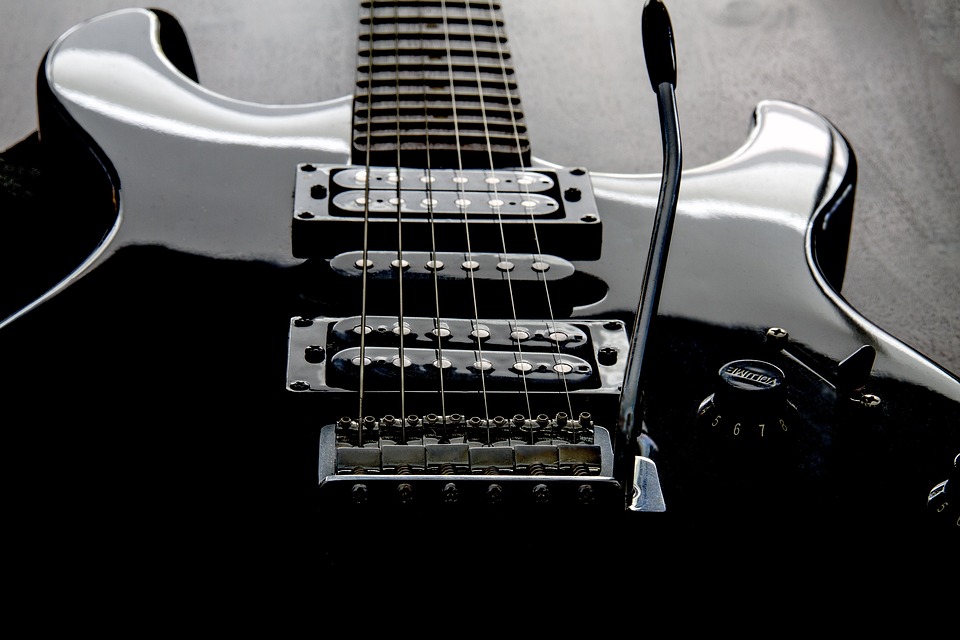Rethinking the Role of Museums in Preserving Musical Heritage
In recent years, the role of museums in preserving musical heritage has come into question. With the rise of digital technologies allowing for easier access to music and the changing nature of how people consume and interact with music, many have wondered if traditional museums are still relevant in this regard. However, there is a growing recognition that museums can still play a crucial role in preserving musical heritage, albeit in a different way than they have in the past.
Preservation of Physical Artifacts
One of the primary ways in which museums can continue to preserve musical heritage is through the collection and exhibition of physical artifacts related to music. This can include instruments, sheet music, recordings, and costumes worn by musicians. These artifacts provide a tangible link to the past, allowing visitors to see and touch items that were once a part of the musical experience.
For example, the Rock and Roll Hall of Fame in Cleveland, Ohio, houses an impressive collection of instruments, costumes, and other memorabilia related to the history of rock music. Visitors can see iconic items such as Elvis Presley’s guitar, Jimi Hendrix’s stage outfit, and handwritten lyrics by Bob Dylan. By preserving and exhibiting these artifacts, the museum helps to educate the public about the history and significance of rock music.
Interactive Exhibits and Digital Technologies
In addition to physical artifacts, museums can also use interactive exhibits and digital technologies to engage visitors with musical heritage. This can include multimedia displays, virtual reality experiences, and interactive installations that allow visitors to explore different aspects of music history.
For example, the Musical Instrument Museum in Phoenix, Arizona, uses interactive touchscreens and audio recordings to provide visitors with information about different musical instruments from around the world. Visitors can listen to the sound of each instrument, learn about its history and cultural significance, and even watch videos of musicians playing it. This hands-on approach helps to make the museum’s collection more accessible and engaging for visitors of all ages.
Collaborations with Musicians and Performers
Another way in which museums can preserve musical heritage is by collaborating with musicians and performers to create special events and programming. This can include live performances, artist talks, and workshops that highlight the importance of music in society and culture.
For example, the Smithsonian’s National Museum of American History in Washington, D.C., regularly hosts concerts and music-related events that feature well-known musicians and bands. These events provide a platform for artists to share their music and stories with a wider audience, while also showcasing the museum’s collection of musical artifacts.
Education and Outreach Programs
Education and outreach programs are another important way in which museums can preserve musical heritage. By offering curriculum-based programs for schools, workshops for music enthusiasts, and resources for researchers and scholars, museums can help to educate the public about the history and significance of music.
For example, the Country Music Hall of Fame and Museum in Nashville, Tennessee, offers a variety of educational programs for students and teachers, including guided tours, workshops, and lectures. These programs not only help to educate the next generation of music lovers but also create a sense of community and engagement around the museum’s collection.
Advocacy for Music Preservation
Finally, museums can play a crucial role in advocating for the preservation of musical heritage on a broader scale. By partnering with cultural organizations, government agencies, and other stakeholders, museums can work to raise awareness about the importance of preserving music history and ensure that resources are allocated to support these efforts.
For example, the Museum of Pop Culture in Seattle, Washington, has been actively involved in advocating for the preservation of iconic music venues in the city, such as The Showbox and The Crocodile. By raising awareness about the cultural significance of these venues and their role in shaping Seattle’s music scene, the museum has helped to mobilize public support for their preservation.
In conclusion, while the role of museums in preserving musical heritage may be evolving, there is still a vital need for these institutions to continue their work in this area. By collecting and exhibiting physical artifacts, using interactive exhibits and digital technologies, collaborating with musicians and performers, offering education and outreach programs, and advocating for music preservation, museums can help to ensure that our musical heritage is preserved for future generations. It is through these efforts that museums can continue to play a valuable role in celebrating and honoring the rich history of music.


